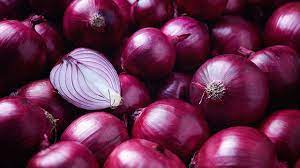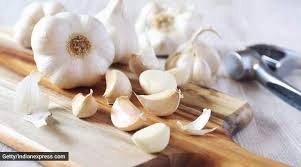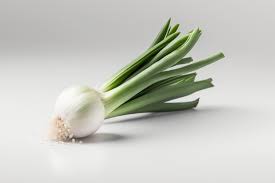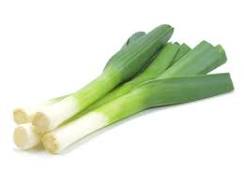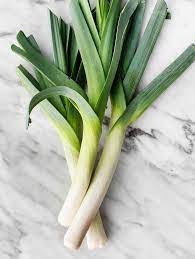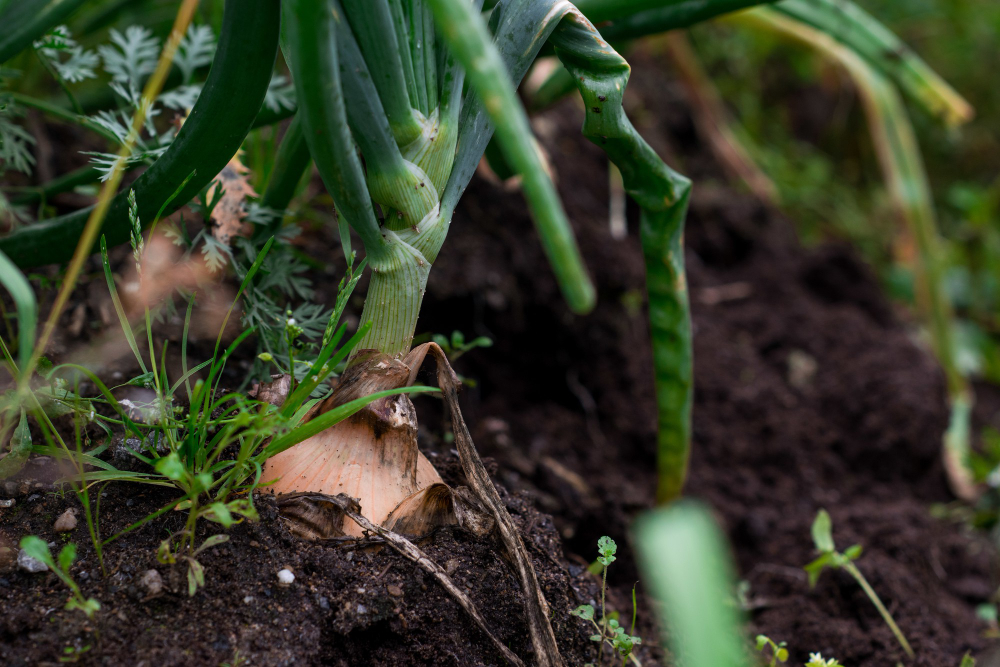Benefits Of Consuming Raw Onion
Are you in need of in-depth knowledge on onion and garlic production? If yes, we are a call away. Contact us for: Onion seedlings, Garlic seedlings, Germinated garlic cloves, Farm planning services, Soil testing, training on onion and garlic growing, Drip irrigation installation and maintenance, Agronomic support, Onion and Garlic value pack and Farm management. For free consultation, placing orders or booking a visit with an agronomist, please contact us via Call or what’s app +254703982228, Email: Info@oniondoctor.co.ke. You can also check out our social media handles for daily updates on TikTok: https://www.tiktok.com/@oniondoctorke?_t=ZM-8wmsTu0qumO&_r=1 Instagram: https://www.instagram.com/oniondoctorke?igsh=MTVoaHF3aWUydTJzaQ==Facebook:https://www.facebook.com/share/16SwgYn2dG/ Youtube:https://youtube.com/@oniondoctorke?si=u5Jnd-r0qU9UDYqL and Twitter: https://x.com/OnionDoctorKe?t=FR3JXlS_oN1vjjUgAtfyzg&s=09 1. Boosts immunity: Raw onions are an excellent source of vitamin C, which aids in enhancing the body’s immunity. Vitamin C assists in generating white blood cells that defend the body against bacteria and viruses, making raw onions essential in preventing common ailments like the cold and flu. 2. Promotes cardiovascular health: Onions are rich in antioxidants like quercetin, which assist in decreasing bad cholesterol levels in the body, leading to improved cardiovascular health. Consumption of raw onion also aids in enhancing blood circulation, reducing high blood pressure, and preventing the risk of heart disease. 3. Aids in digestion: Raw onions contain dietary fiber, which is crucial for proper digestion and elimination of waste from the body. The fiber enhances the absorption of nutrients and prevents various ailments like constipation, irritable bowel syndrome, and haemorrhoids. 4. Reduces inflammation: Quercetin-rich raw onions have anti-inflammatory properties that assist in reducing inflammation levels in the body. It aids in managing conditions like arthritis, asthma, and bronchitis. 5. Enhances bone health: Onions are an excellent source of sulphur-rich compounds that contribute to enhancing bone health. These compounds aid in promoting calcium absorption and preventing the risk of osteoporosis. 6. Boosts brain function: Raw onions contain sulphur compounds, which increase the production of neurotransmitters in the brain, leading to improved memory, attention span, and concentration levels. 7.Regulates blood sugar levels: Raw onions contain chromium, a mineral crucial in regulating blood sugar levels. Chromium assists in improving insulin efficiency, leading to controlled blood sugar levels, thereby reducing the risk of diabetes. Onion Doctor supports small holder farmers across Africa with quality and affordable Onion and Garlic seedlings, Onion seedlings, Farm planning services, Soil testing, Drip irrigation installation and maintenance, Agronomic support, Onion and Garlic value pack, Farm management, E-extension and on-farm training for farmers to optimize on yields and get maximum profits.
